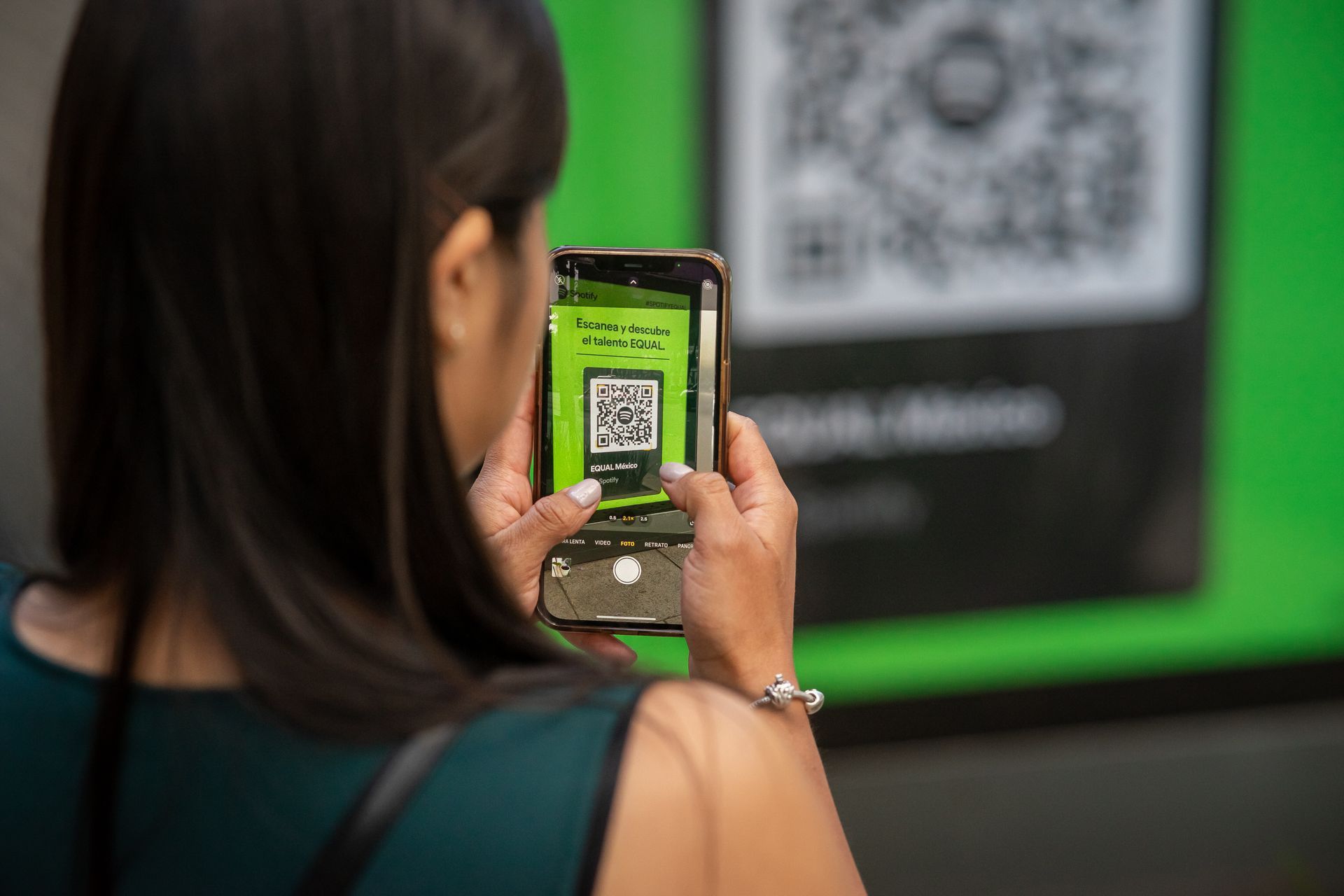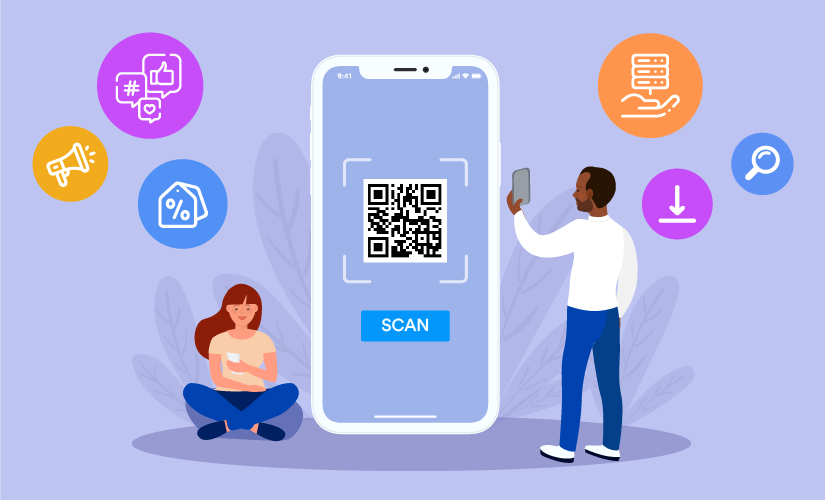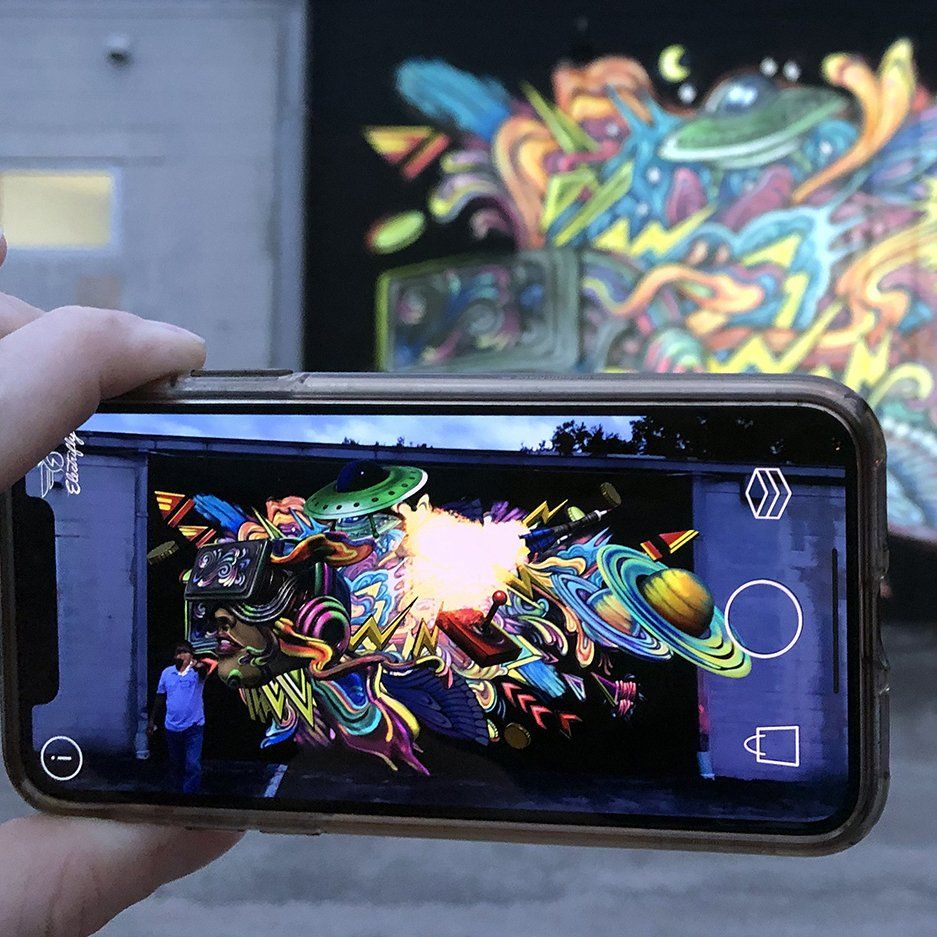How to Use QR Codes in Marketing Campaigns: A Comprehensive Guide

In the rapidly evolving digital marketing landscape, QR codes have emerged as a versatile tool that can bridge the gap between the physical and digital worlds. These scannable codes offer businesses an efficient way to engage with their audience, seamlessly driving them from traditional print materials to online platforms. In this guide, we'll explore how to effectively use QR codes in your marketing campaigns, the benefits they offer, and best practices to ensure success.
Understanding QR Codes and Their Role in Marketing
QR codes, short for Quick Response codes, are two-dimensional barcodes that store data readable by mobile devices. Scanning the QR code directs users to a specific webpage, video, social media profile, or any other online content. This capability makes QR codes an invaluable asset in modern marketing strategies.
Why Use QR Codes in Marketing?
- Direct Traffic: QR codes can guide customers to a specific landing page, product page, or promotional content, helping drive targeted traffic.
- Enhance Print Ads: Incorporating QR codes into print ads allows you to extend the life and reach of your campaigns by connecting offline customers with online content.
- Track Engagement: Dynamic QR codes can track user interactions in real time, providing valuable insights into customer behavior and campaign performance.

How to Incorporate QR Codes in Your Marketing Strategy
- On Business Cards: Adding a QR code to business cards can direct potential clients to your website, portfolio, or social media profiles. This ensures that clients have easy access to your digital presence even after a meeting.
- In Print Ads: QR codes can be added to brochures, flyers, posters, and billboards, allowing customers to learn more about your products or services by simply scanning the code. This is particularly effective in out-of-home (OOH) advertising, where augmented reality (AR) billboards can be enhanced with interactive QR-coded experiences.
- On Product Packaging: Adding QR codes to packaging can lead customers to instructional videos, product details, or promotional offers. This not only improves the user experience but also encourages repeat purchases.
- In Email Campaigns: QR codes can be included in email newsletters to direct recipients to a landing page with special offers or to encourage social media follows.
- At Events: Use QR codes on event materials like badges or banners to provide attendees with event schedules, speaker bios, or special offers.
Creating and Optimizing QR Codes
Choosing a QR Code Generator
Many QR code generators are available, but choosing one that offers dynamic QR codes is crucial for marketing campaigns. Dynamic QR codes allow you to edit the URL destination even after printing, making them versatile for long-term use.
Best Practices for QR Code Design
- Ensure Scannability: The QR code should be of sufficient size and contrast with the background to be easily scanned by mobile devices.
- Include a Call to Action: Accompany the QR code with a clear call to action (CTA) that encourages users to scan it, such as “Scan to learn more” or “Scan for exclusive offers.”
- Test Before Launch: Always test the QR code on multiple devices and in various lighting conditions to ensure it works as intended.

Leveraging QR Codes for Augmented Reality Experiences
One of the most innovative uses of QR codes in marketing is in augmented reality (AR) campaigns. Integrating QR codes with AR allows you to create immersive and interactive experiences that captivate your audience.
AR Murals and Billboards
QR codes can be placed on murals or billboards, where scanning the code unlocks an AR experience. For example, a QR code on a billboard could allow users to view a product in 3D or interact with a virtual model. This not only enhances engagement but also creates memorable brand experiences.
AR Product Demonstrations
Use QR codes to trigger AR demonstrations of your products. For example, scanning a QR code on a furniture ad could allow customers to see how the item would look in their home using AR.
Measuring the Success of Your QR Code Campaigns
Tracking the effectiveness of QR codes is essential to understanding their impact on your marketing efforts. Here’s how you can measure success:
- Use Analytics Tools: Many QR code generators offer built-in analytics that track how many times a code is scanned, where it is scanned, and what device is used. This data helps refine your marketing strategy.
- Monitor Landing Page Traffic: By directing users to a specific landing page via the QR code, you can track traffic using tools like Google Analytics to measure the campaign's success.
- Gather Customer Insights: Dynamic QR codes allow you to collect demographic data and user behavior, providing insights that can be used to optimize future campaigns.
Conclusion
Incorporating QR codes into your marketing campaigns can significantly enhance customer engagement and provide a seamless transition between offline and online experiences. Whether using them on business cards, print ads, product packaging, or in augmented reality campaigns, QR codes offer a flexible and powerful tool to connect with your audience. As you explore the possibilities of QR codes, remember to keep your audience's needs at the forefront, ensuring that each scan leads to a valuable and relevant experience.
By following these best practices, you can maximize the impact of QR codes in your marketing strategy, driving traffic, engagement, and conversions in innovative and measurable ways. Embrace the potential of QR codes today and see how they can transform your marketing campaigns into interactive, data-driven successes.
TALK TO A PRO
We're here to bring your brand to life!
Stay Connected with BrandXR
Create Augmented Reality for Free!
Create, Publish, and Measure 3D Augmented Reality Experiences Without Having to Code.














